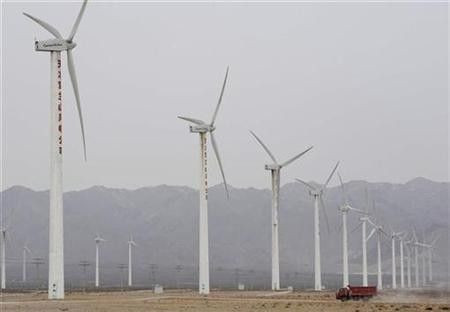Study: One-Fourth Of Hawaii’s Energy Could Be Renewable

A new study says upcoming wind farm and solar energy projects in Hawaii could reliably provide energy for 25 percent of the state.
The research comes from the University of Hawaii and says all told, a combination of Oahu wind farms and solar energy projects as well as the upcoming Interisland Wind project could reliably supply for 25 percent of the state. The 500 MW of wind and 100 MW of solar power could eliminate the need to burn approximately 2.8 million barrels of low sulfur fuel oil (LSFO) and 132,000 tons of coal each year.
The findings of this study show it is feasible to integrate large-scale wind and solar projects on Oahu but also have value beyond Hawaii. Both large mainland utilities and relatively small and/or isolated grids that wish to integrate significant amounts of renewable energy while maintaining reliability for their customers can learn from this study, Dr. Rick Rocheleau, director of the Hawaii Natural Energy Institute, said in a statement.
The study found the forecast would become a reality if the wind farms were provided state-of-the-art wind power forecasting, which would anticipate the amount of power that will be available from wind. It also says the wind farms would be more effective if the department of energy reduced operating power in baseload generating units, while increasing power in reserve units. This would better manage wind variability and uncertainty in wind power forecasts.
However, the authors note it will take a combination of all renewable energy sources to achieve government goals. This is why the study looked beyond wind, to see if other sources of alternative energy were feasible.
To reach our renewable energy goals we need to use all the resources available to us. For Oahu, this includes the utility-scale solar, roof-top solar, waste-to-energy and on-island wind that we are pursuing. But on-island resources are not enough to meet Oahu's power needs, Robbie Alm, Hawaiian Electric executive vice president, said in a statement.
© Copyright IBTimes 2024. All rights reserved.





















